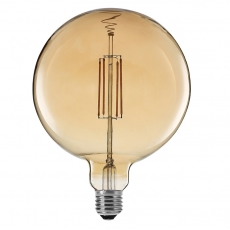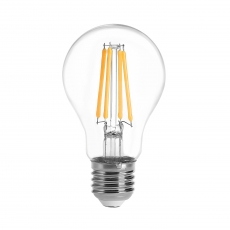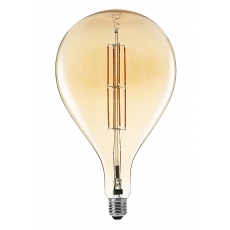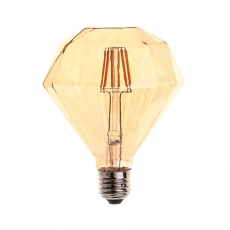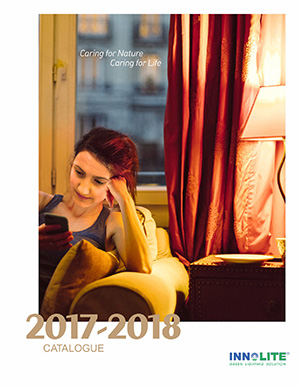Effect of physical properties of fluorescent materials on the heat-to-heat ratio of white LED light
- Author:Innolite
- Source:Innolite
- Release on:2018-10-16

LED Panel Downlight manufacturer china
At present, there are three paths for WLED to realize white light in PC/MC mode: 1) blue LED chip + yellow phosphor; 2) violet LED chip + red + green + blue trichromatic phosphor; 3) blue LED chip + green LED chip + red LED chip. Among the three ways to realize white light, the most economical and practical way to achieve industrialization is to apply a yellow phosphor chip to a blue LED chip, and the WLED using this method has a luminous efficacy of up to 250 lm/W. As the market competition of lighting terminal products becomes more and more fierce and the heat dissipation environment of lighting fixtures becomes worse and worse, LED light sources must have better thermal characteristics to meet the needs of the market. The thermal characteristics of LED light sources are typically characterized by the light output cold to heat ratio. The light output cold-heat ratio of WLED, that is, the ratio of the photoelectric parameter (light flux) of the LED light source at high temperature to the photoelectric parameter (light flux) at normal temperature, can be used to verify the thermal stability of the LED light source.
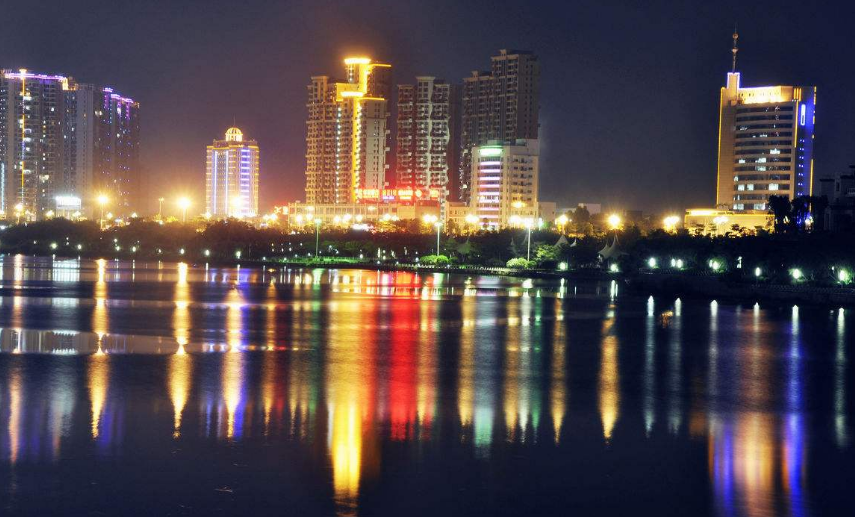
LED Sring Light supplier china
In WLED light sources, phosphors play a crucial role in the realization of white light. The phosphor is generally an inorganic luminescent material with an ordered crystal structure, and the stability of its physicochemical properties is related to the following factors: material system, dispersion coefficient, powder compatibility, and powder morphology. The influencing factors of the WLED light output cold-heat ratio are related to the WLED device material, which is a key material in the aforementioned devices. The physical properties of the phosphor (material system, dispersion coefficient, powder compatibility, powder morphology) have not been reported on the influence of the heat and cold ratio of WLED light output, and the problem of solving the thermal characteristics of the LED light source is also Therefore, it is important to explore the relationship between the physical properties of phosphors and the heat-to-heat ratio of WLED light output, and it has a certain guiding role for subsequent product design.
2. Experimental part
This article uses SMD 2835 package form, blue chip, emission band is 450-455nm, each LED light source has 3 LED chips in series, the phosphor scheme is composed of YAG yellow fluorescent material, nitride red fluorescent material and Ga-YAG/LuAG Yellow-green fluorescent material. Each set of experiments only changed the type of yellow-green powder and fixed the amount of glue and the other two phosphors, and each LED source had the same amount of dispense. The yellow, red and yellow green phosphors and glues are yellow: red: yellowish green: glue = 0.50:0.15:1.5:1. Five samples of the same phosphor are selected for testing. The test conditions are pulse. The current was 100 mA, the test temperature was 25 ° C, 50 ° C, 75 ° C, 85 ° C, 95 ° C, 105 ° C, taking the average of the luminous flux. Powder parameter test equipment: particle size is measured by laser particle size analyzer, thermal quenching performance, excitation emission spectrum is tested by Fluoromax-4; particle SEM morphology is tested by scanning electron microscope; packaging equipment: ASM solid crystal machine, ASM wire Machine, vacuum deaerator, Musashi dispensing machine. Packaged finished photoelectric parameter test equipment: remote integrating sphere tester.
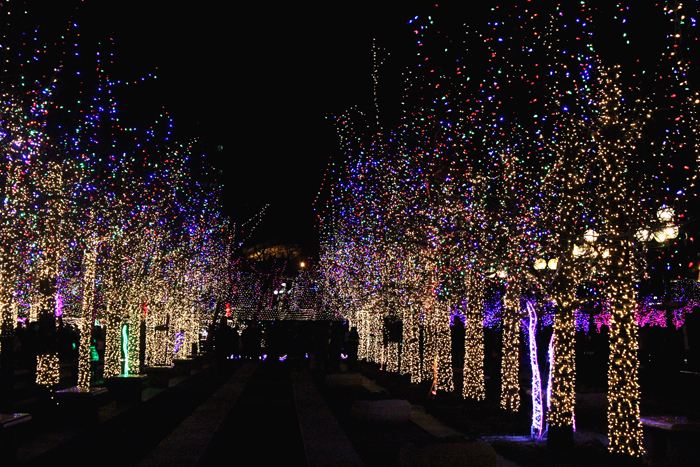
60W equivalent LED bulbs plastic clad aluminum
3. Results and discussion
Phosphors are generally inorganic materials. According to their matrix classification, commonly used systems are aluminates, nitrides/nitrogen oxides, silicates, fluorides, and the like. Figure 1.1 shows the thermal quenching properties of phosphors of different systems. It can be seen that the thermal stability of aluminates in the powders of several systems is the best, the thermal stability of fluorides and silicates is poor, and the heat of nitrides The stability is worse than that of aluminates but better than fluorides and silicates.

 +
+




